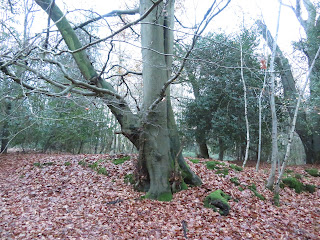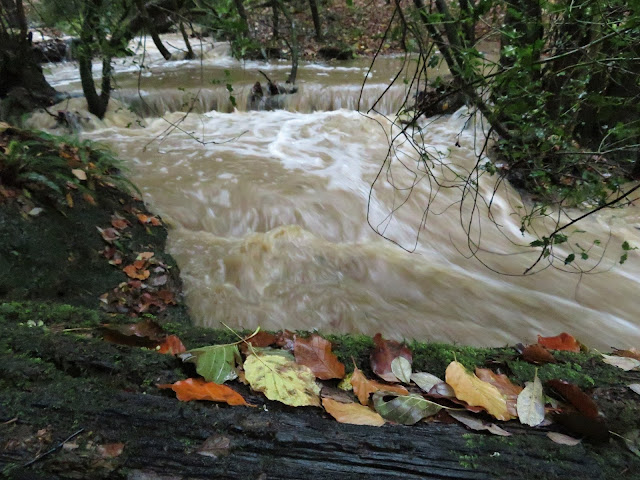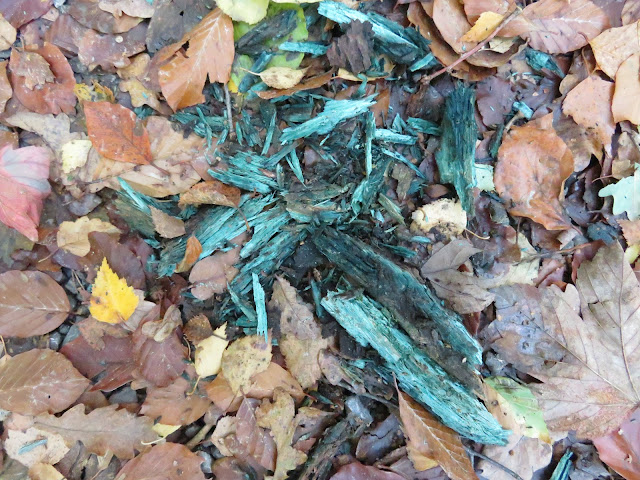With the lockdown drawing to a close, it might be a little late to mention this. Many people have worked hard in their gardens and they are looking tidier than ever, but now is the time that birds and small mammals can take advantage of seeds left on plants. The goldfinch flock were making the most of natural seeds in our garden today, so the other birds were able to eat from the feeders.
I was looking at another example of seeds on my walk. These fluffy seeds of Greater Reedmace (often called Bulrush) were very noticeable as we passed the pond. Each seedhead has thousands of seeds packed together in the familiar cylindrical shape and they can be seen breaking apart at this time of year. We are still walking on carpets of acorns and sweet chestnuts on some walks nut don't always notice the less obvious seeds.











































